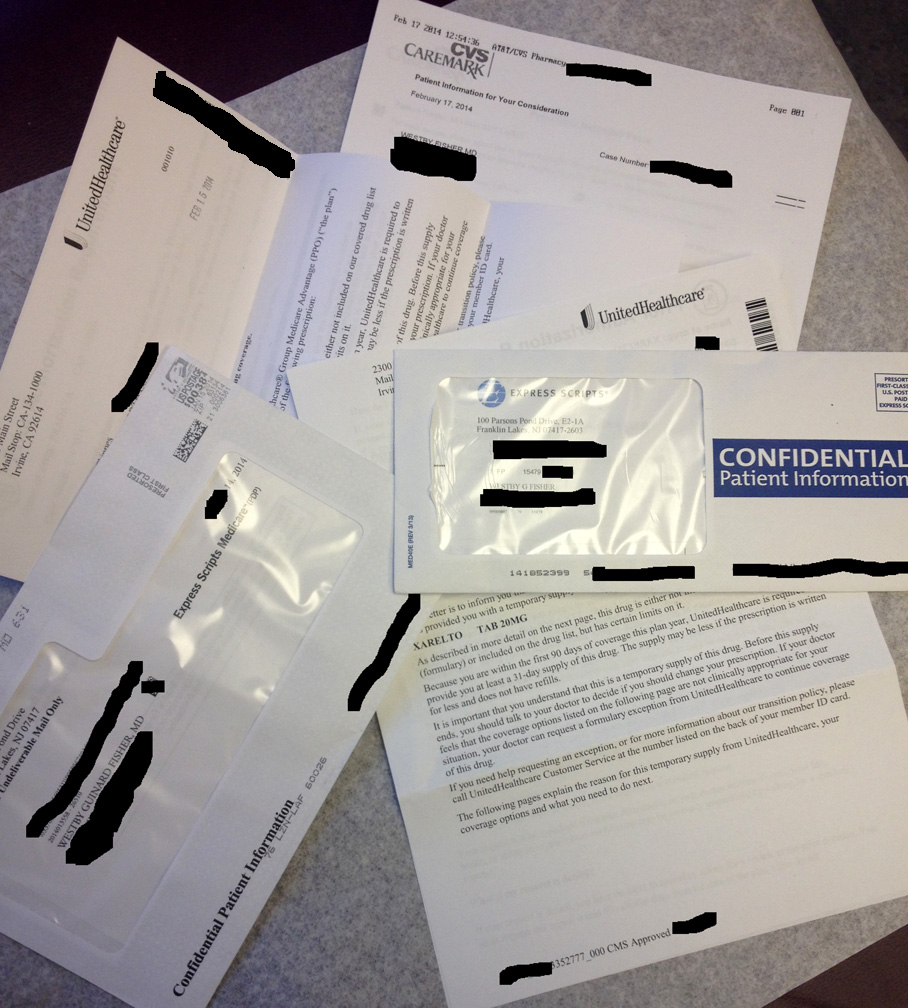In accordance with section 1848(m) (7) of the Act (“Additional Incentive Payment”), Centers for Medicare and Medicaid Services (CMS) is continuing the Maintenance of Certification (MOC) Program Incentive that began in January 2011. Eligible professionals (EP) who were incentive eligible for the Physician Quality Reporting System (PQRS) could receive an additional 0.5% incentive payment when Maintenance of Certification Program incentive requirements were also met.This is, of course, the start of the end-run to tie Maintenance of Certification requirements (as defined solely by the ABMS) to Maintenance of Licensure for physicians to be able to practice medicine. Employer-based physicians will have no choice but to agree to pay into this certification cartel as money-squeezed hospital systems look for ways to improve their bottom line. For doctors, this process is nothing more than a "pay to play" scheme that backs a union-like serfdom with leaders that idealize their self importance and exorbitant salaries more than patient care.
Requirements
In order to qualify for the additional 0.5% incentive payment for the 2014 PQRS based on the 12-month reporting period (January 1, 2014 through December 31, 2014), the physician will need to complete the following:
• Satisfactorily submit data, without regard to method, on quality measures under PQRS, for a 12-month reporting period either as an individual physician or as a member of a group practice.
AND
The Maintenance of Certification Program will need to submit to CMS, on behalf of the physician the following information:
• That the physician more frequently than is required to qualify for or maintain board certification status, participates in the Maintenance of Certification Program for a year and successfully completes a qualified Maintenance of Certification Program practice assessment for such year;
• Information on the survey of patient experience with care; and
• The methods, measures, and data used under the Maintenance of Certification Program and the qualified Maintenance of Certification Program practice assessment.
As defined in section 1848(m) (7) (C) (i) of the Act, a “Maintenance of Certification Program” is a continuous assessment program that advances quality and the lifelong learning and self-assessment of board certified specialty physicians by focusing on the competencies of patient care, medical knowledge, practice-based learning, interpersonal and communication skills and professionalism. In order to qualify for the additional 0.5% incentive payment in 2014, physicians will be required to participate more frequently than is required in at least one of the following two parts of the Maintenance of Certification Program, as well as “more frequent” successful completion of a qualified maintenance of certification program practice assessment as follows:
• Participate in educational and self-assessment programs that require an assessment of what was learned; and
• Demonstrate through a formalized, secure examination, that the physician has the fundamental diagnostic skills, medical knowledge and clinical judgment to provide quality care in their respective specialty.
A “qualified Maintenance of Certification program practice assessment,” as defined in section 1848(m)(7) (C) (ii) of the Act is one that includes an initial assessment of a physician’s practice that is designed to demonstrate the physician’s use of evidence-based medicine; includes a survey of patient experience with care; and requires the physician to implement a quality improvement intervention to address a practice weakness identified in the initial assessment. The practice assessment must also require the practice to reassess performance improvement after the intervention.
The phrase “more frequently” may be interpreted differently by different Maintenance of Certification Programs. CMS is looking to see an attestation from a Maintenance of Certification Program entity that both the Maintenance of Certification Program itself and the practice assessment are completed once more by a physician than is required by a specific Maintenance of Certification Program.
This CMS PQRS incentive payment scheme incentivizes those who make the tests, track the results, and then post them online, rather than improving the quality of patient care. The onerous MOC process as devised by the ABMS has never been independently shown to improve patient care or quality outcomes but rather detracts from patient care in favor of payments required by the regulators.
Where's the quality in that?
-Wes
References:
Christman KD. Maintenance of certification (MOC), maintenance of licensure (MOL) and continuing medical education (CME): how the regulators prosper. Journal of American Physicians and Surgeons. 2012.17(3):76-79.
Benjamin Rush Society's MOC Bibliography.
